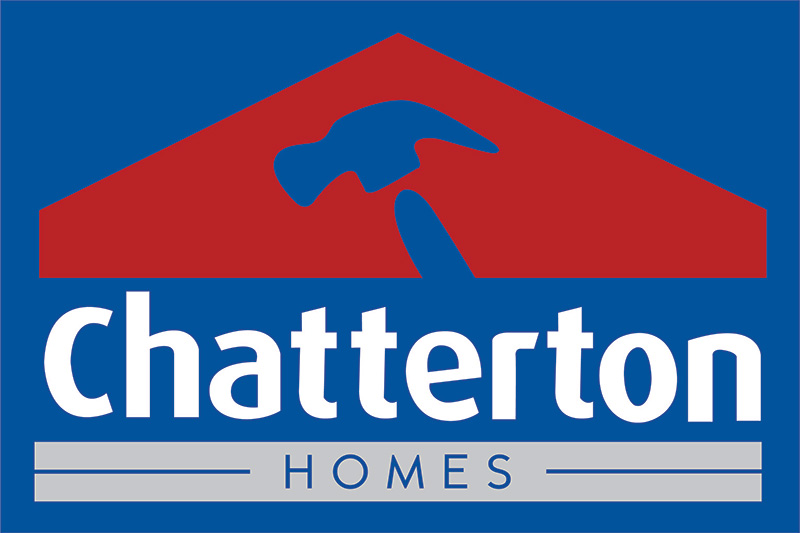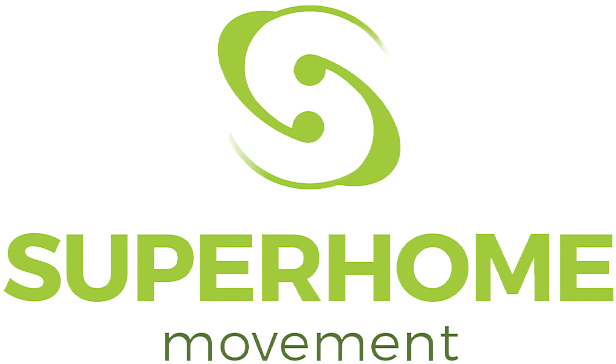It’s a movement – a shared goal toward a higher standard of housing. Helping kiwis live in better, healthier, more energy-efficient, and environmentally friendly homes.
On paper, it’s a not-for-profit organisation comprising designers, builders, engineers, suppliers, and homeowners who want to create ongoing transformative change for the building industry.
Practically, it offers an open-source network that shares intellectual property, designs, and concepts, and connects experts in the field with homeowners. Plus, it organises regular tours of high-performance homes to provide tangible experiences and opportunities for interested parties.
It does not dictate how you design and build, instead providing guidance on how to achieve higher performing healthy homes, energy efficiency, and assist sustainability. There are different target levels – base, better, and best. This allows homeowners to make more informed decisions based on what they are trying to achieve.




